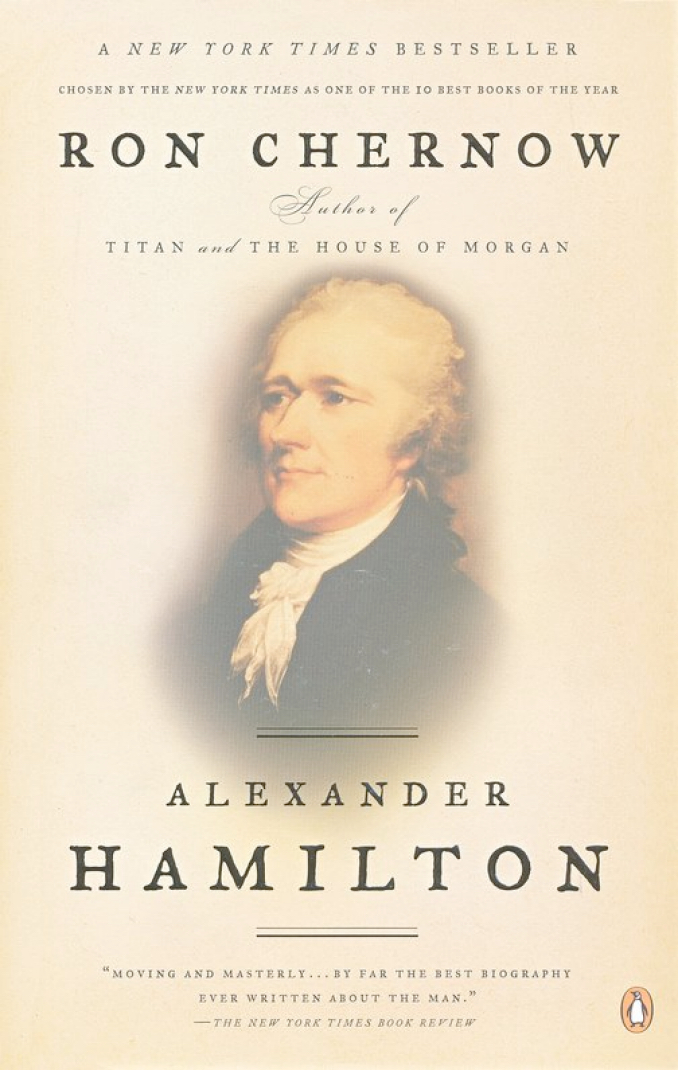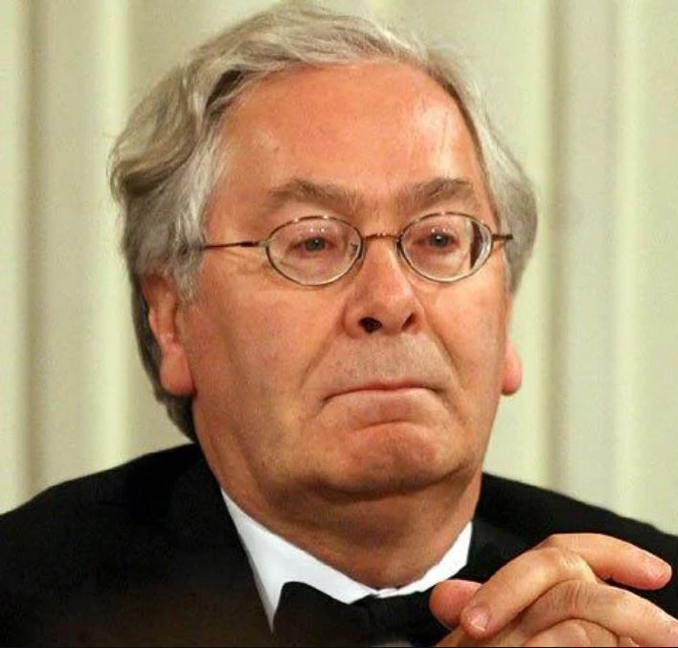“The sacred rights of mankind are not to be rummaged for among old parchments or musty records. They are written, as with a sunbeam, in the whole volume of human nature, by the hand of the divinity itself; and can never be erased or obscured by mortal power.” ~ Alexander Hamilton
By Catherine Austin Fitts
I am an unabashed Alexander Hamilton fan. It started when I was Assistant Secretary of Housing. Whenever the Secretary or his assistants would propose that the agency abrogate our legal debts or contracts, the most amazing debates would ensue. My favorite was the general counsel’s interpretation of contract law – “F**k ’em, Jack! By the time they win in court, we’ll be gone.” It fell to me to explain why the liquidity of a financial system depended on a system-wide commitment to respecting property rights and legal contracts, especially by the federal government. Whenever we had a particularly bad session, one of my deputies would try to console me by reminding, “Don’t worry, Alexander Hamilton had the same problem and he always won the day.”
When I started my new investment bank upon leaving the Bush Administration, we named the company Hamilton Securities Group. Hamilton’s famous portrait served as the basis of our logo underneath which was our very Hamiltonian logo – Rocco et Rotula – or “Rock and Roll.”
Deserted by his Scottish father, left orphaned by a destitute mother, his self education was so impressive, the local merchants he worked for in the Caribbean booked Hamilton’s passage to New York. The rest is history. More than anyone, it was the unique partnership of George Washington and Alexander Hamilton that led to the creation of the United States and saw it through its early years. Washington was President. Hamilton was Secretary of the Treasury. Hamilton’s genius at finance and economics reflected his understanding of what it was like to be productive as a necessity—whether educating himself or earning a living serving others as a brilliant attorney. He started the Bank of New York. He started the New York Post.
Hamilton’s chief opponent in debating matters of governance and politics was Jefferson—who first and foremost supported himself as a slave owner—something Hamilton aggressively opposed. Yet, despite their many disagreements, it was Hamilton who was instrumental in helping Jefferson become President in one of several attempts to protect the country from the likes of Aaron Burr. Hamilton’s effort in this was successful, though it ultimately cost him his life. Hamilton and Vice President Burr dueled across the river in New Jersey. Hamilton shot in the air. Burr shot Hamilton, thus ending Burr’s chance for higher office.
On the recommendation of a wonderful subscriber, I listened to the audio version of Chernow’s biography of Hamilton. It was well worth doing. Chernow is a talented author and communicates Hamilton’s unique genius and accomplishments in building the architecture of the U.S. financial and trade systems in the context of those times. It was and is quite a story, rich with insights about who we were and are.
Never think that one person can’t make a difference—no matter how difficult and challenging the times. If you learn the story of Alexander Hamilton, you may be inspired to take action, too.
Related Reading:









